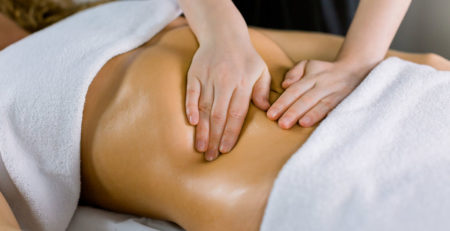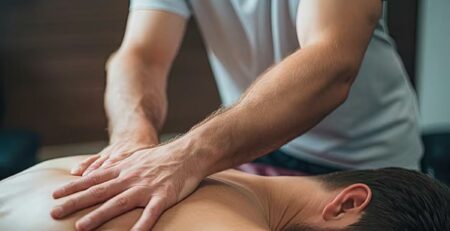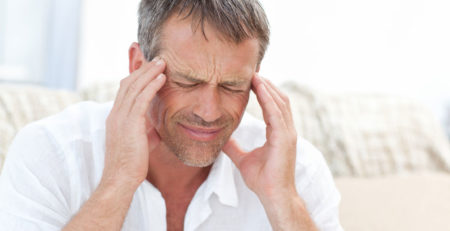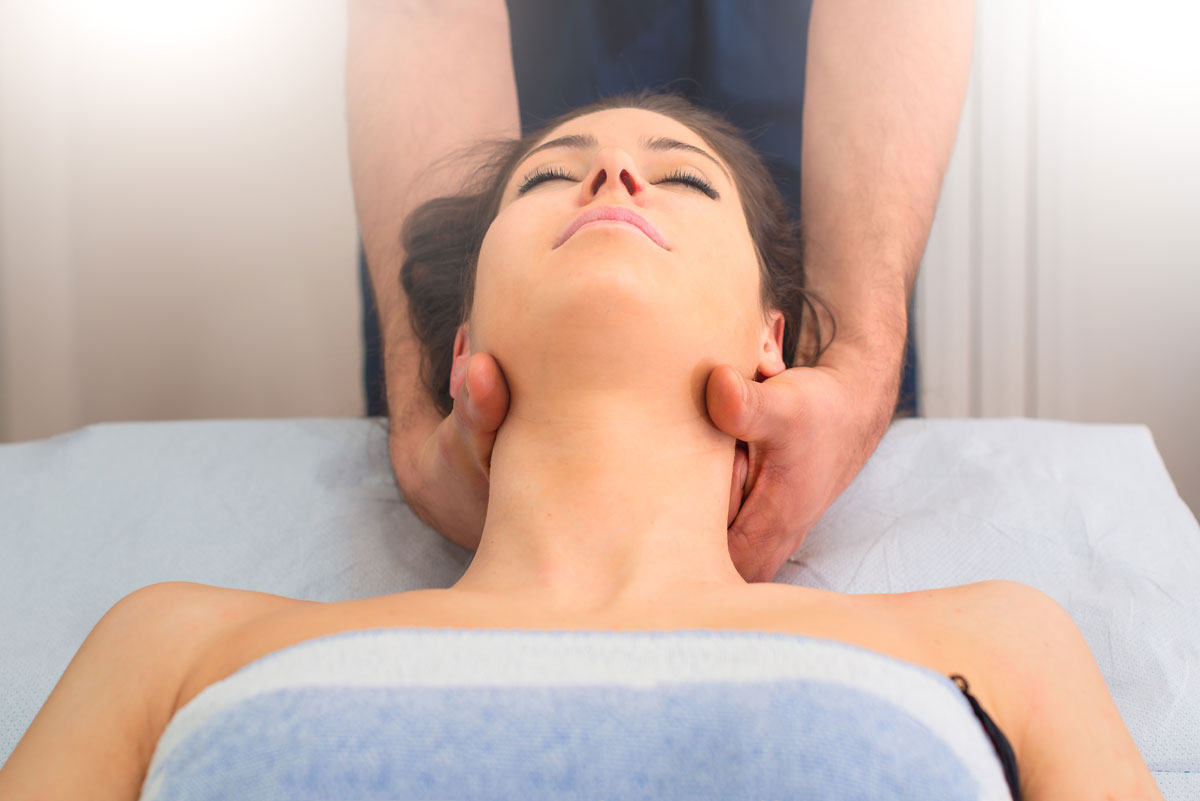
Cranial osteopathy is a form of osteopathic therapy that focuses on the skull, spine, and sacrum, with the goal of restoring balance to the body’s natural rhythms and promoting healing. It is based on the belief that the bones of the skull are not fixed, but can move slightly in response to the body’s movements and the flow of cerebrospinal fluid.
During a cranial osteopathy session, the manual practitioner Vadzim Siniauski will use gentle hands-on techniques to assess the movement and quality of the cranial bones, as well as the movement of cerebrospinal fluid. The practitioner may use light touch to manipulate the bones of the skull, spine, and sacrum, with the aim of releasing tension and restoring balance to the body.
Through the gentle manipulation of the bones in the skull and spine the flow of cerebrospinal fluid in the central nervous system can be normalized. As a result, “blockages” from the normal flow are removed. And this enhances the body’s ability to heal.
What conditions can Cranial Osteopathy address?
Cranial osteopathy can be used to address a wide range of conditions, including:
It is often used as a complementary therapy in conjunction with other osteopathic treatments, and can be beneficial for people of all ages, from newborns to the elderly.
Are you looking for an experienced Cranial Osteopath?
It’s important to note that cranial osteopathy is a specialized form of osteopathic therapy and should only be performed by a qualified practitioner. Our cranial osteopath has a specific training and experience in this area and works on the musculoskeletal system of the body, and not just the head, as the name implies.
During a typical session, Vadzim Siniauski will begin by taking a detailed medical history and performing a physical examination to assess your overall health and identify any areas of tension, restriction, or dysfunction in the body. He will use a range of gentle, non-invasive techniques to address these issues, including:
- Cranial bone manipulation: the osteopath will use gentle pressure to move the cranial bones and restore proper alignment and mobility.
- Soft tissue manipulation: techniques such as massage and stretching to release tension and promote relaxation in the muscles and other soft tissues of the body.
- Visceral manipulation: gentle pressure to mobilize and manipulate the organs of the body, with the aim of improving organ function and overall health.
- Articulation: gentle movements to mobilize and release restrictions in the joints of the body, helping to improve range of motion and reduce pain.
The goal of cranial osteopathy is to restore balance and harmony to the body, promoting better health and reducing the risk of injury and disease.
We provide in-clinic treatments as well as go-home mobile osteopathy.
Areas we cover:
- Vaughan, ON,
- Richmond Hill, ON,
- Thornhill, ON,
- Newmarket, ON,
- Toronto, ON,
- Markham, ON,
- Whitchurch-Stouffville, ON,
- Aurora, ON,
- North York, ON
What Are Benefits of Cranial Osteopathy?
This therapy can have a range of benefits, including:
- Reduced pain and discomfort: Cranial osteopathy can be used to alleviate a variety of pain conditions, including headaches, neck and back pain, and joint pain.
- Improved mobility and flexibility: By releasing tension in the body and promoting better alignment, cranial osteopathy can help to improve range of motion and flexibility.
- Enhanced relaxation and stress reduction: The gentle, non-invasive nature of cranial osteopathy can promote relaxation and reduce stress, making it a useful therapy for those dealing with anxiety, depression, or other emotional issues.
- Improved sleep: Cranial osteopathy can help to promote better sleep quality and duration, making it a useful therapy for those struggling with insomnia or other sleep disorders.
- Improved digestion: By releasing tension in the abdominal muscles and promoting better alignment of the spine, cranial osteopathy can help to improve digestive function and reduce symptoms of gastrointestinal disorders.
- Enhanced immune function: By promoting better circulation and lymphatic drainage, cranial osteopathy can help to boost the immune system and reduce the risk of illness.
It’s important to note that the benefits of cranial osteopathy can vary depending on the individual and their specific condition. It’s always a good idea to talk to our practitioner to determine whether cranial osteopathy is the right therapy for you.
Is Cranial Osteopathy safe?
Cranial osteopathy is generally considered a safe treatment. You may experience minor side effects such as mild soreness in the areas treated and general fatigue or tiredness, this is usual for any type of manual, hands-on therapy. These minor side effects usually resolve within 24 to 48 hours after treatment.
It’s important to note that cranial osteopathy should not be used as a substitute for traditional medical care in cases of serious medical conditions or emergencies. Additionally, people with certain health conditions, such as bleeding disorders or severe osteoporosis, may not be good candidates for this type of therapy.
Who Can Have Cranial Osteopathy?
Cranial osteopathy is designed for all age groups, from babies and children to adults and the elderly.
It is often used to treat infants and children who have experienced birth trauma or have problems with colic, reflux, or sleeping difficulties. Also, it can help adults who have headaches, migraines, neck pain, or back pain.
Elderly patients, who are experiencing age-related issues such as arthritis, osteoporosis, or reduced mobility, can benefit from cranial osteopathy as well. The therapy helps improve their overall physical function and quality of life.
What Is The Difference Between Craniosacral Therapy and Cranial Osteopathy?
Craniosacral therapy and cranial osteopathy are two related but distinct therapies that share some similarities but also have some key differences.
Craniosacral therapy is a form of bodywork that involves gentle manipulation of the skull and spine. It aims to improve the function of the central nervous system. The therapy is based on the theory that the cerebrospinal fluid, which surrounds and protects the brain and spinal cord, has a rhythmic pulsation that can be felt and manipulated by a trained practitioner. Craniosacral therapy is often used to address conditions such as headaches, neck and back pain, stress, and anxiety.
Cranial osteopathy, on the other hand, is a specialized form of osteopathic therapy that also focuses on the skull and spine, but is based on a broader understanding of the body’s structure and function. It emphasizes the interconnections between different parts of the body and seeks to promote overall health and wellbeing. Cranial osteopathy is often used to address a wide range of conditions, including musculoskeletal pain, digestive issues, and respiratory problems.
One of the main differences between craniosacral therapy and cranial osteopathy is the level of training required for practitioners. Craniosacral therapists typically complete shorter training programs, often lasting just a few weeks or months, while cranial osteopaths are trained as part of a longer, more comprehensive course of study in osteopathic medicine. As a result, cranial osteopaths are often more broadly trained in anatomy, physiology, and other areas of healthcare.
Another key difference between the two therapies is the scope of their practice. Craniosacral therapy is often used as a standalone therapy, while cranial osteopathy is typically practiced as part of a broader approach to healthcare that includes other forms of osteopathic treatment.
How does craniosacral therapy work?
Actually, there are many positive treatment effects of cranial massage therapy all aimed at improving mobility and reducing pain in the body. They include:
- Improving mobility of the bones and joints of the head, spine and tailbone
- Eases restrictions around nerves allowing them to move optimally
- Ensures proper myofascial mobility in the body (decreasing tension)
- Calms and balances the central nervous system
- Restores membrane mobility surrounding the brain and spinal cord
The CST practitioner uses his or her hands to evaluate the craniosacral system by gently feeling various locations of the body to test for the ease of motion and rhythm of the cerebrospinal fluid pulsing around the brain and spinal column. Craniosacral massage techniques are then used to release restrictions in any tissues influencing the craniosacral system.
What is Craniosacral System?
The craniosacral system is a physiological system in the body that consists of the brain, spinal cord, cerebrospinal fluid, and the membranes and bones that surround and protect them. This system plays a crucial role in regulating the body’s overall health and well-being.
The craniosacral system is closely linked to the central nervous system and is responsible for regulating many of the body’s essential functions, including breathing, digestion, and circulation. It also helps to regulate the body’s stress response and plays a role in maintaining a healthy immune system.
Craniosacral therapy is a form of osteopathic medicine. It focuses on manipulating the craniosacral system to improve health and alleviate symptoms of disease or dysfunction.
What Can I Expect From a Craniosacral Therapy (CST) Session?
The treatment session begins with a consultation with your trained therapist to identify troubled areas. Soft music and low lighting are often used to increase your state of relaxation.
The massage therapists use gentle pressure techniques to assess the existence of possible disruptions and/or restrictions in your fascial system. Light touch and fascial release may help your muscles and organs naturally relieve stress, which improves function. Other patients often report feeling a sense of deep relaxation.
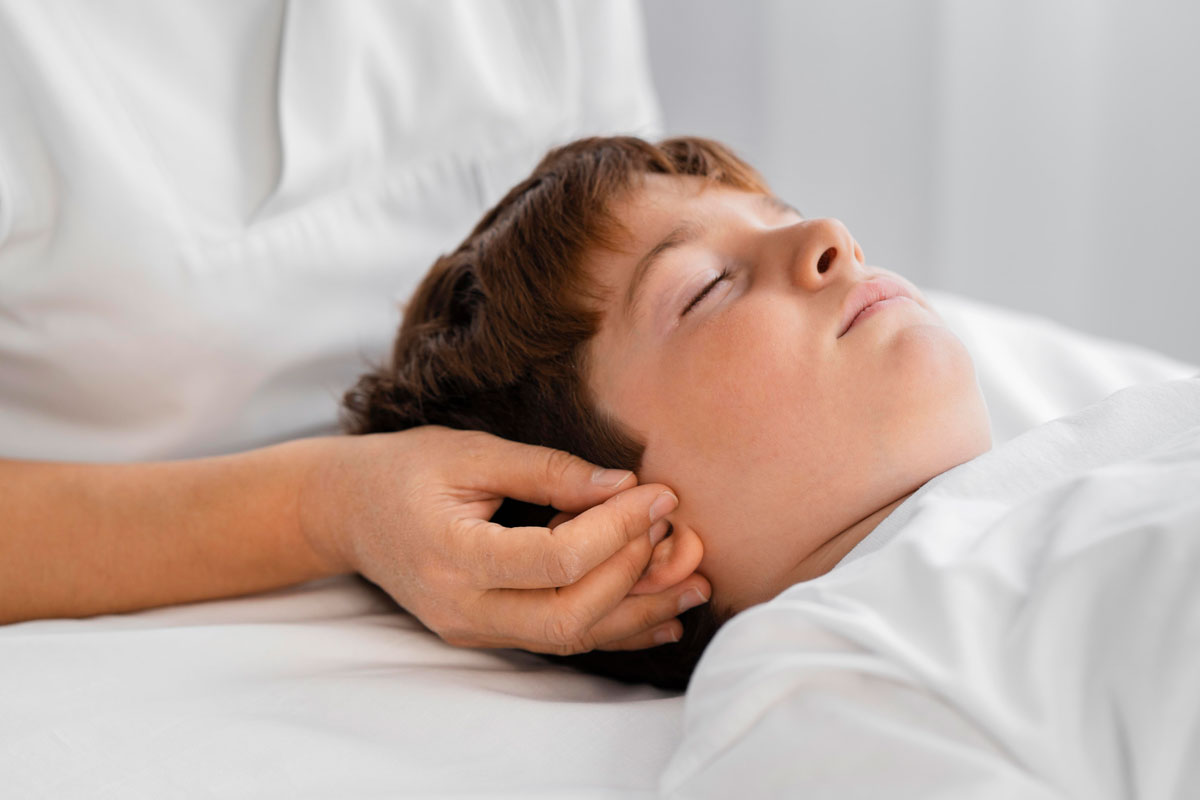
Please see our Cranial Sacral Therapist for an assessment or to answer questions about cranial therapy treatment for you.

